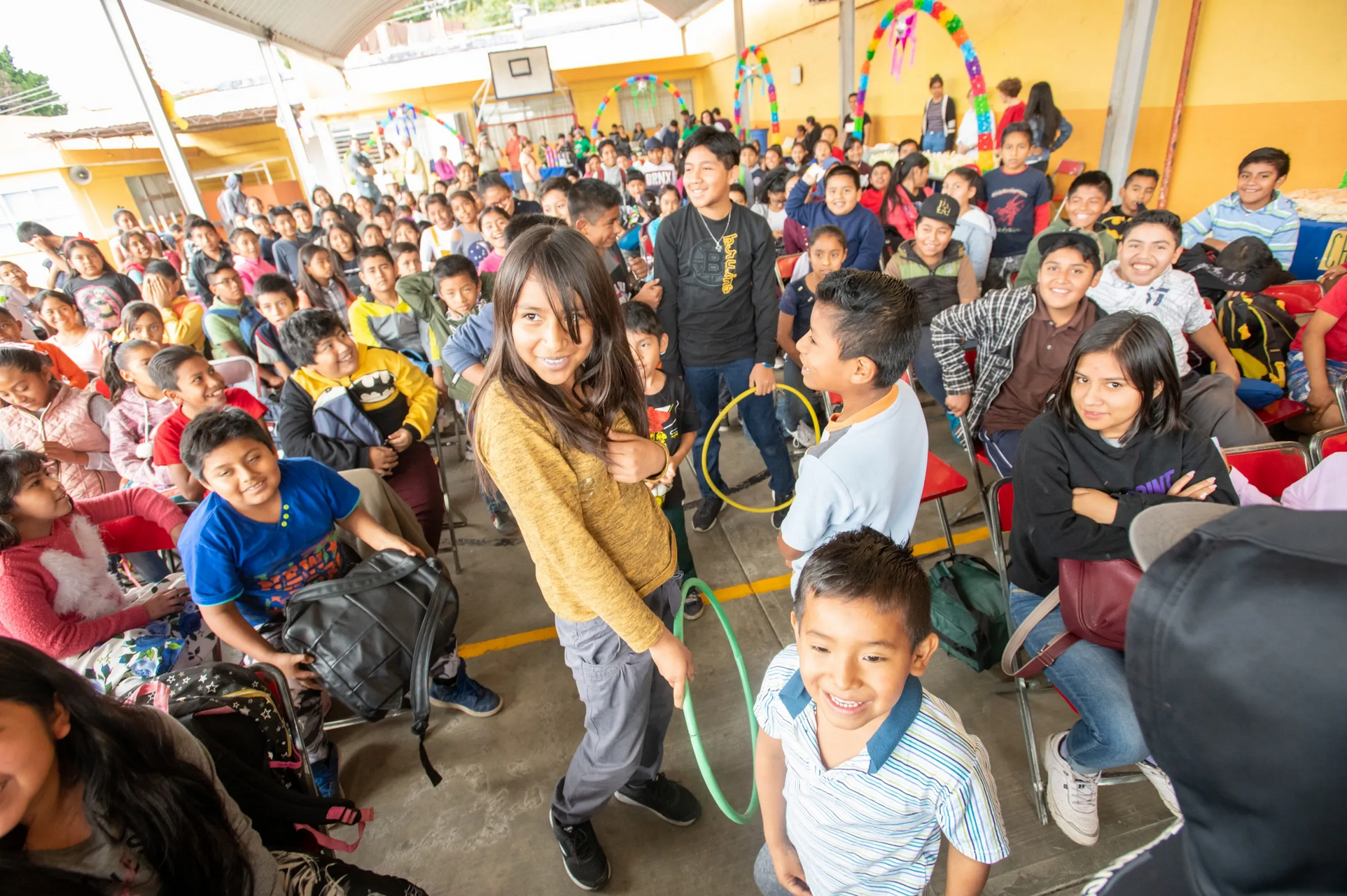The Two Local Charities You’re Supporting By Taking a Oaxaca Eats Food Tour

By Amber Dunlap
Kay and Dean Michaels started Oaxaca Eats Food Tours to share with others what they love about Oaxaca — the food, history and culture — and to give back to the community that has welcomed them so warmly. A big part of Oaxaca Eats’ “give back” mission is to donate 5% of every ticket sale to two local charities close to Dean and Kay’s hearts: the Institute of Historic Oaxacan Organs and the Centro de Esperanza Infantil. In this blog post, we give you a bit of the backstory behind these two incredible organizations and why Dean and Kay decided these were the Oaxacan non-profits to support.
“There is very little in life that gives me as much joy as delivering money from the proceeds of ticket sales from our business. Frequently our guests tell us it’s the main reason they chose a Oaxaca Eats tour.” – Dean Michaels
